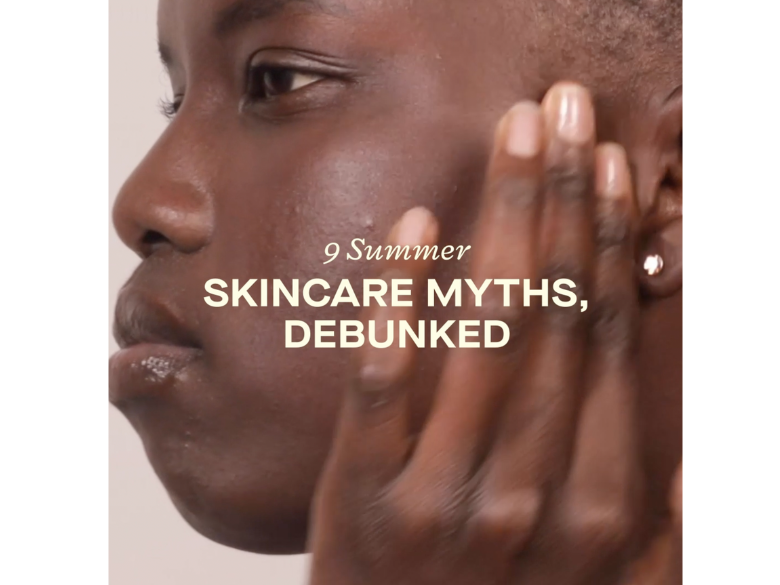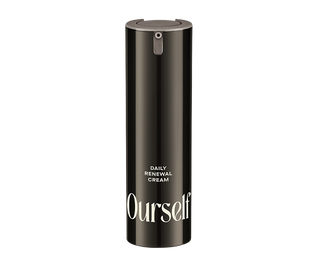
This season is a time for fantastic weather, swimming, ice cream, and fun with friends. But all that outdoor time can wreak havoc on our skin. We asked Ourself Medical Advisors Dr. Eva Simmons-O’Brien and Dr. Diane Orlinsky to weigh in on some of the most common mistakes we all tend to make with our hot weather routines.
1. A foundation with high SPF is enough skin protection.
No, it’s not enough. No one puts on a half a shot glass of foundation on their face like we should, and some foundations don’t list the sunscreen ingredients and percentages. It’s also unknown if cosmetic companies that are ‘adding’ sunscreen to their products have followed the same regulatory standards of companies that focus on sunscreens.”
2. You should switch to a lighter moisturizer during summer.
“It all depends on your skin type and what the climate is like where you live when it’s summertime. An oilier person may only need a hyaluronic acid serum to maintain adequate moisture.”
3. You only need SPF when you're outside.
“SPF is needed for UV irradiation outdoors and indoors when sitting 6 ft or closer to a window. In fact, new data shows that SPF is also needed indoors for non-UV irradiation or blue light from indoor lighting, like TV, computer, and phone screens. Skin of color and those with PIH (post-inflammatory hyperpigmentation) or melasma may be more at risk.”
4. One application of SPF in the A.M. is plenty.
“Sunscreen needs to be reapplied every 2-3 hours or immediately after immersion in water (after 45 minutes).”
5. Skin is oilier in the summer so no need to moisturize.
"Oily skin may not need a heavy moisturizer in the summer, but still benefits from a lightweight moisturizer. One could also use a topical preparation that maintains or improves the skin barrier by balancing oil production, which then helps to keep the skin PH-balanced.”
6. Summer requires a total skincare overhaul.
“Always plan to change up your products according to the season and climate. Your regimen may not need a complete overhaul per se, but certainly consider changing cleansers, antioxidants, and retinol preparations. Think: cleansers that have a little more ‘oomph’ for evening cleansing, and adding more astringent activity as needed. Antioxidants like vitamin c in summer help brighten, as do ingredients like TCA (trichloroacetic acid), niacinamide, algae, and ginger to improve pigment and inflammation, which can be worse in summer.”
7. If you tan but don’t burn, you don’t need to wear sunscreen.
“False! A tan is a burn, period. It’s just not one that you are symptomatic with. Tans result in abnormal DNA crosslinks in skin that have both immediate and cumulative damage.”
8. People of color don't need to wear sunscreen.
“False! Skin damage from UV and non-UV sources, as well as skin cancer, doesn’t discriminate. Darker people tan even faster than lighter peeps, so you could extrapolate that darker skin types may be even more at risk for damage because there is a false sense of security that they just ‘tan’ without realizing that occurs from damage.”
9. The higher the SPF, the better.
“Nope! The FDA’s sunscreen task force really doesn’t support that a SPF above 50 is better per se. They allow up to 70, but actually made companies get rid of 80 and 100 because they could not prove greater efficacy. The bottom line is sunscreen should be 30 or higher, reapplied often (2 shot glasses full!), and you need to incorporate UPF clothing, hats, and polarized sunglasses. Additionally we like oral supplements such as Heliocare which contains polypodium leucotomos, a fern species.”

